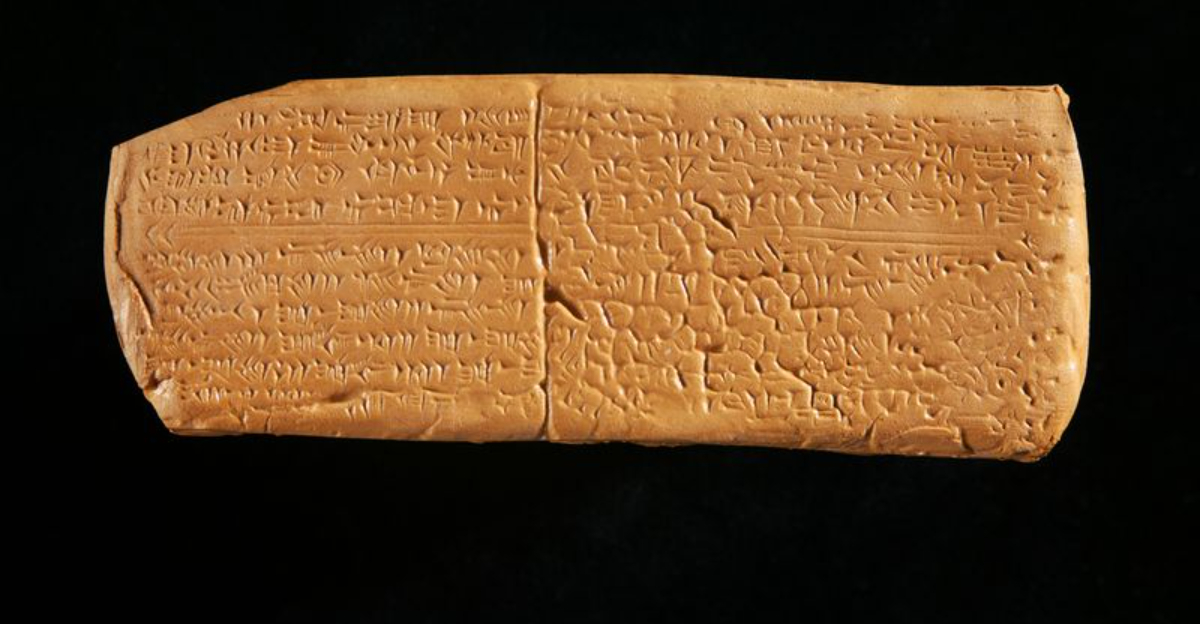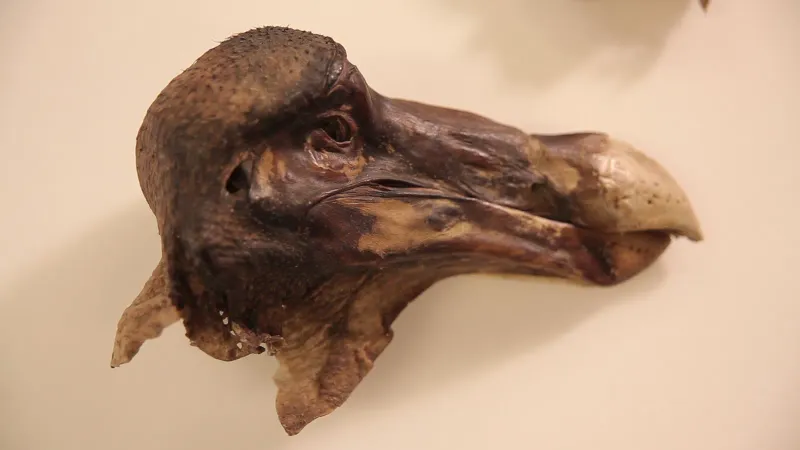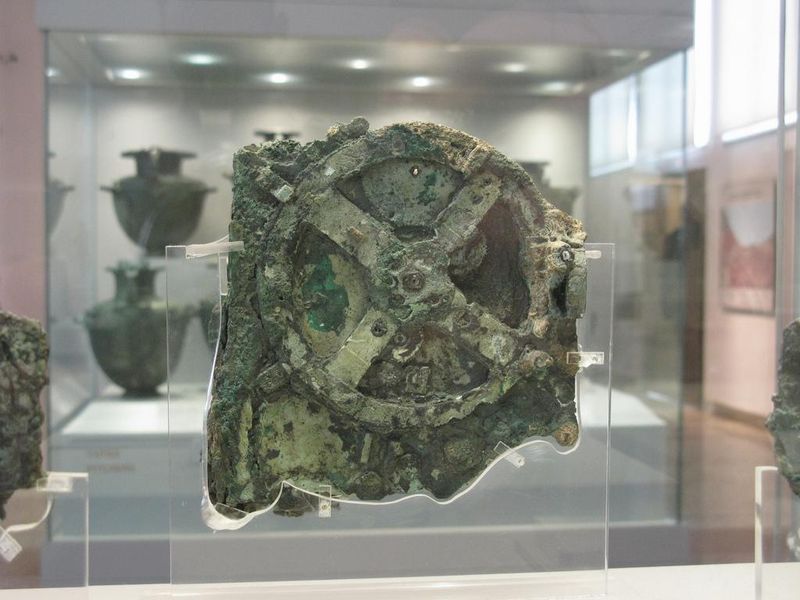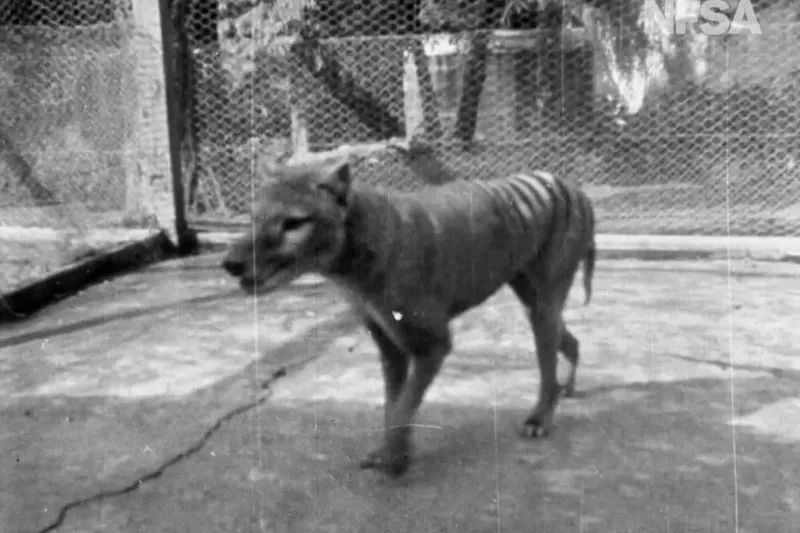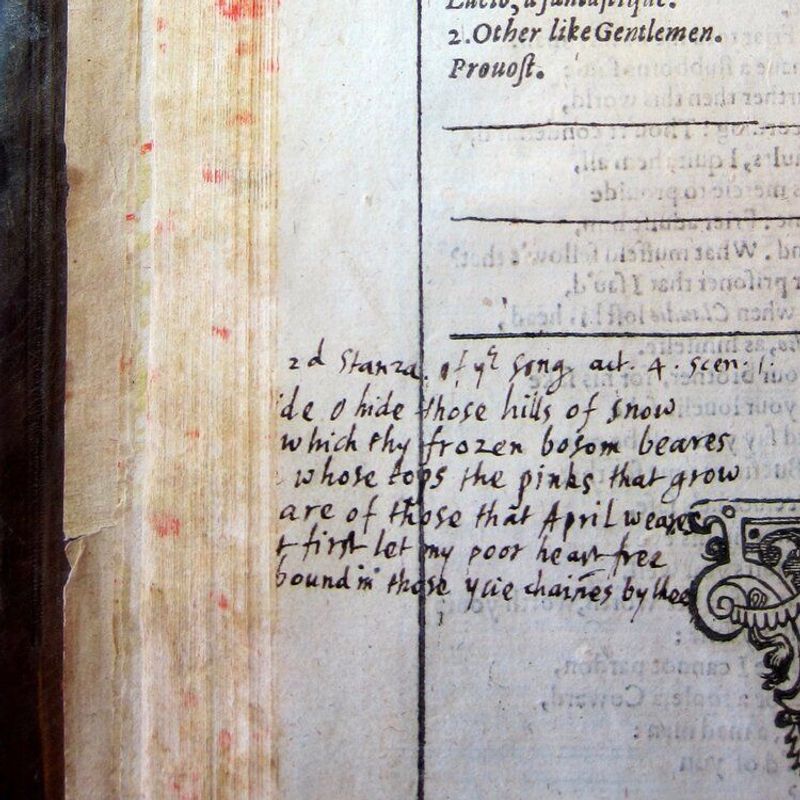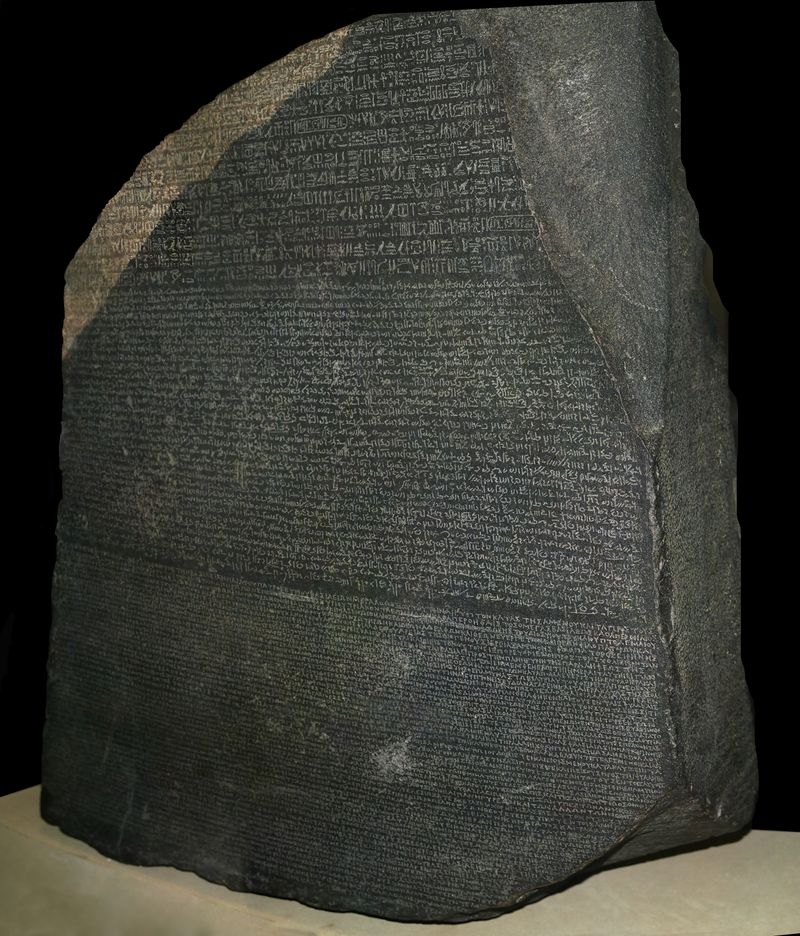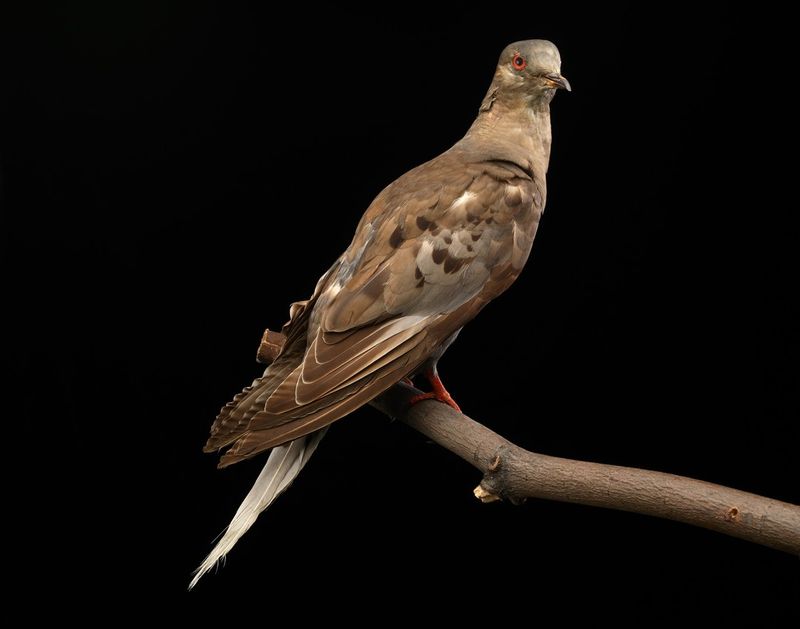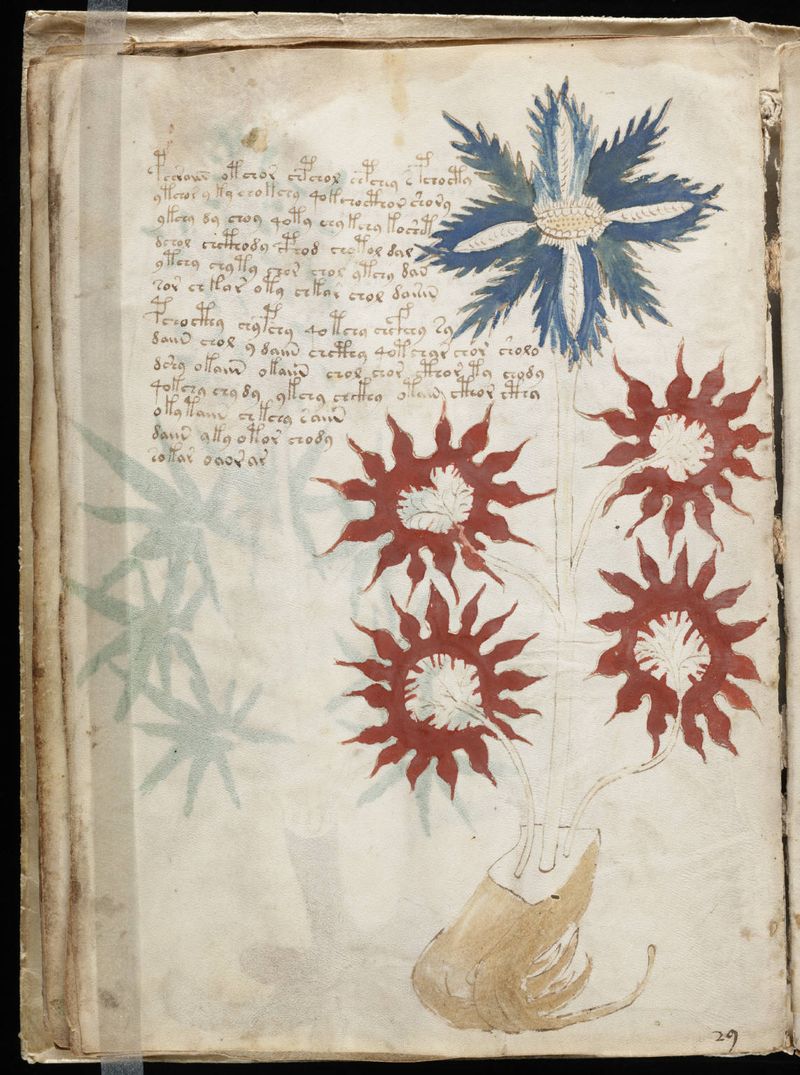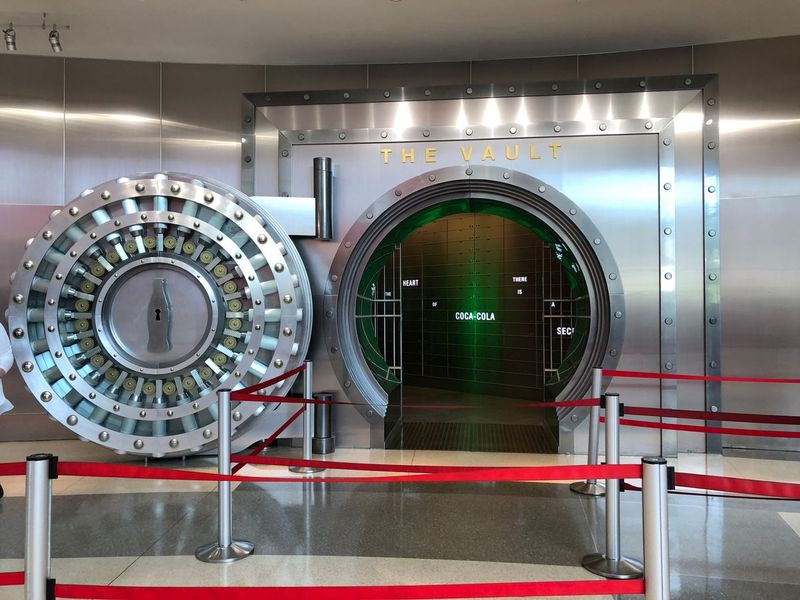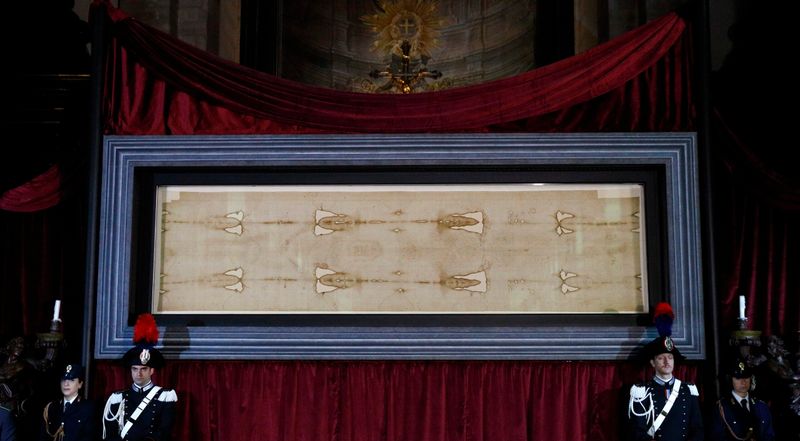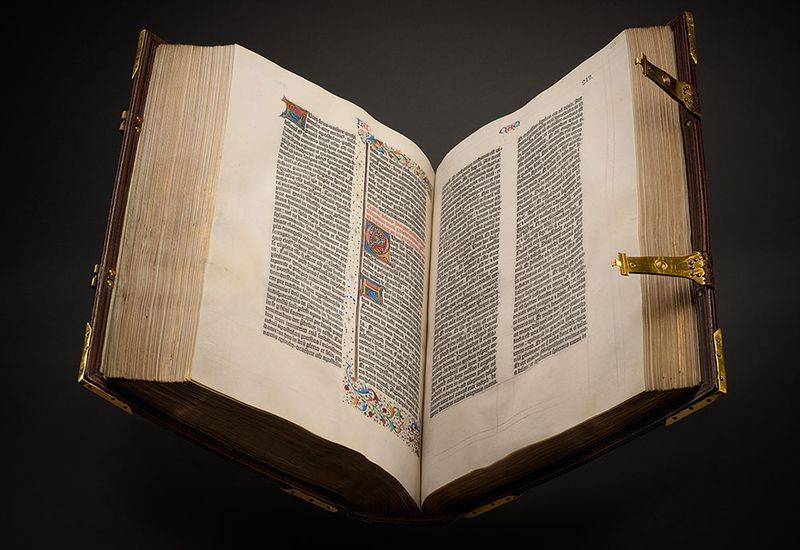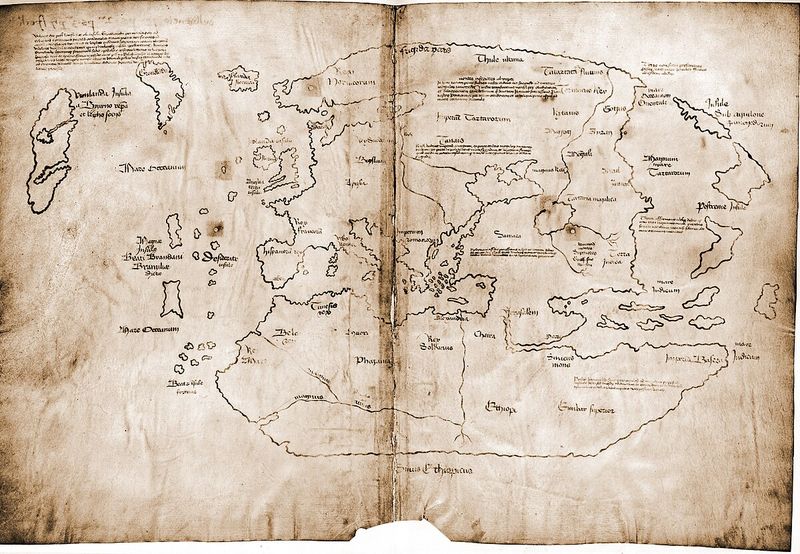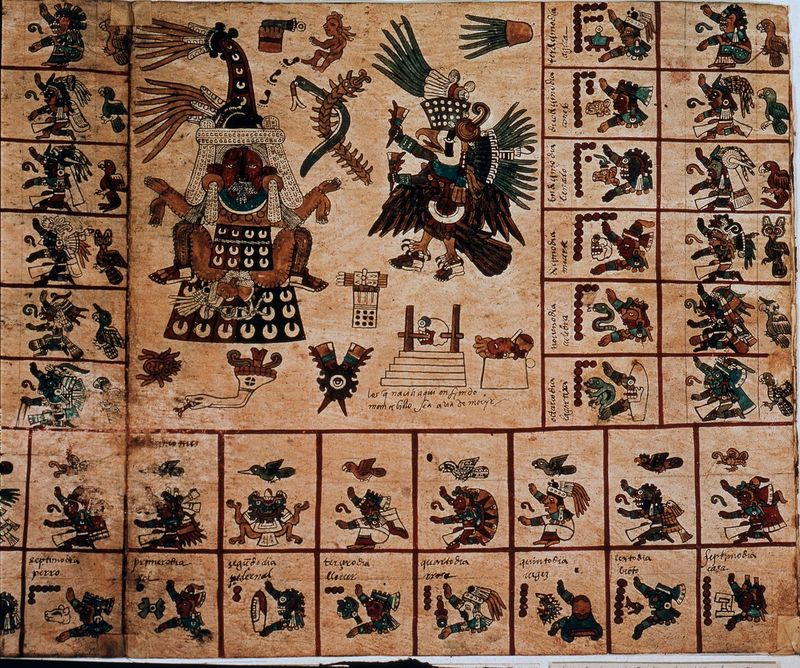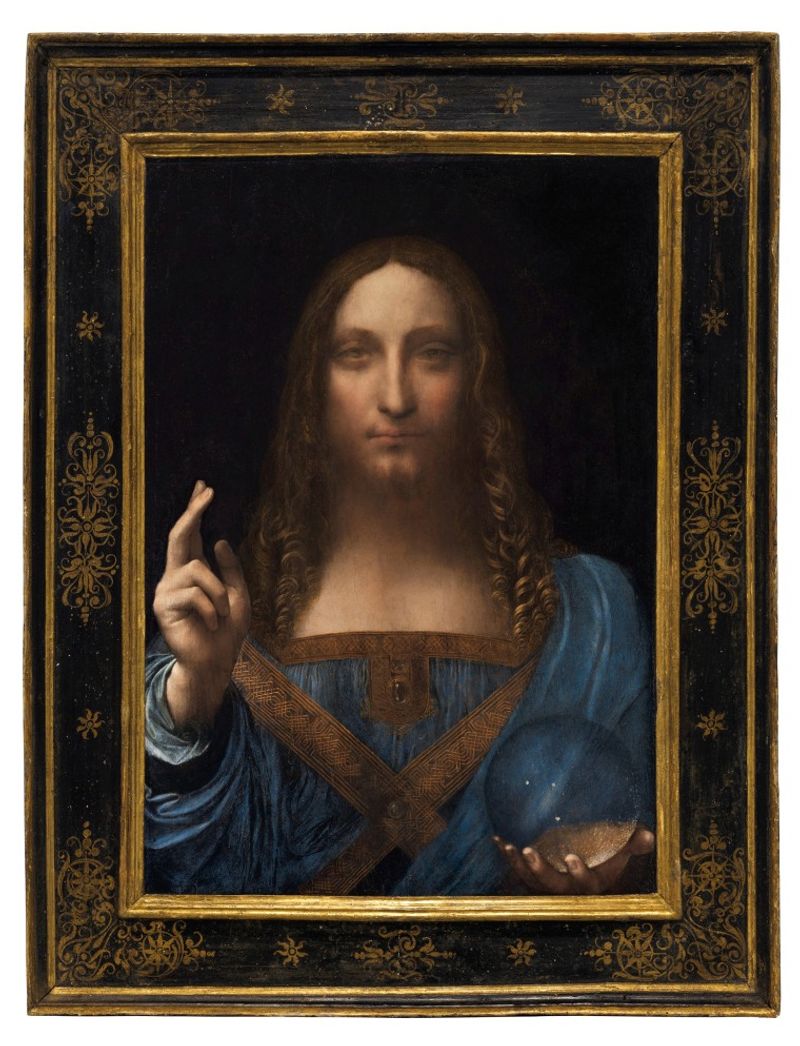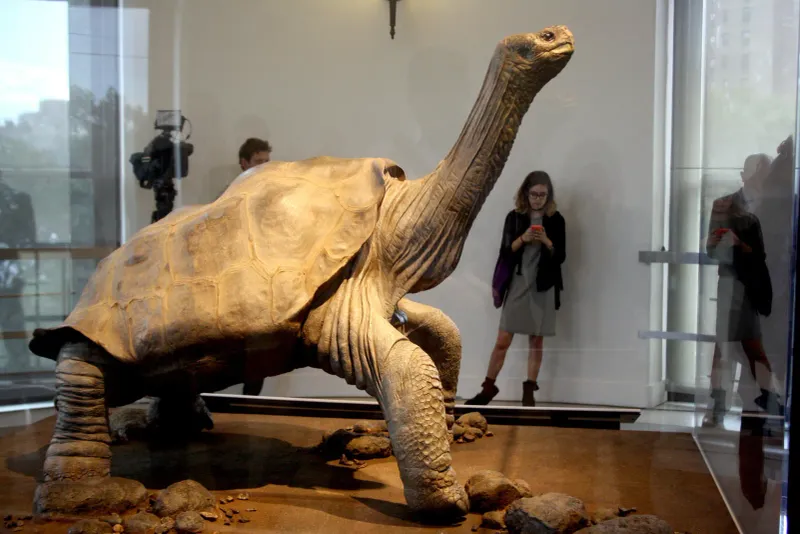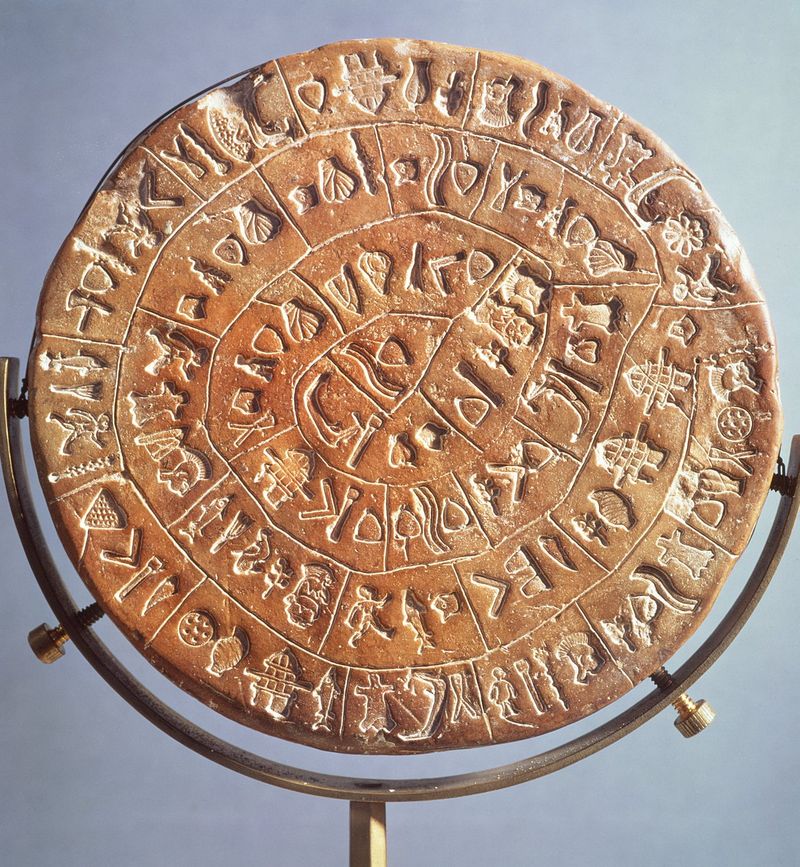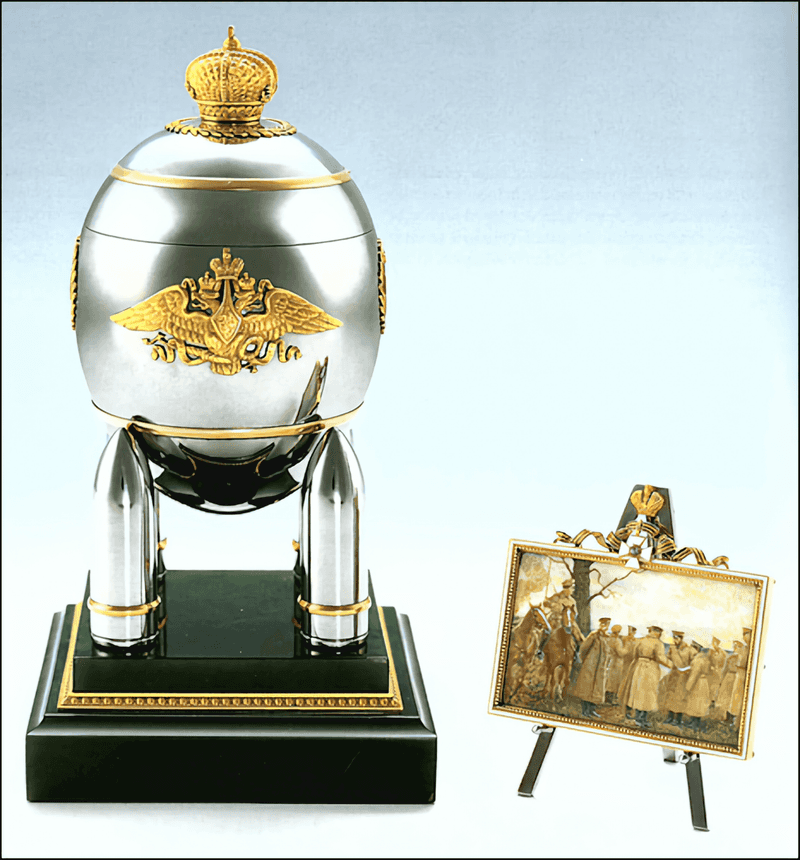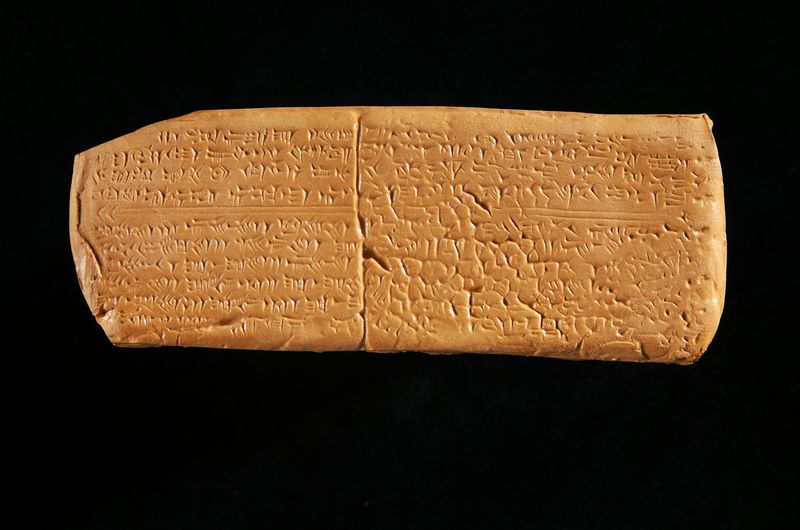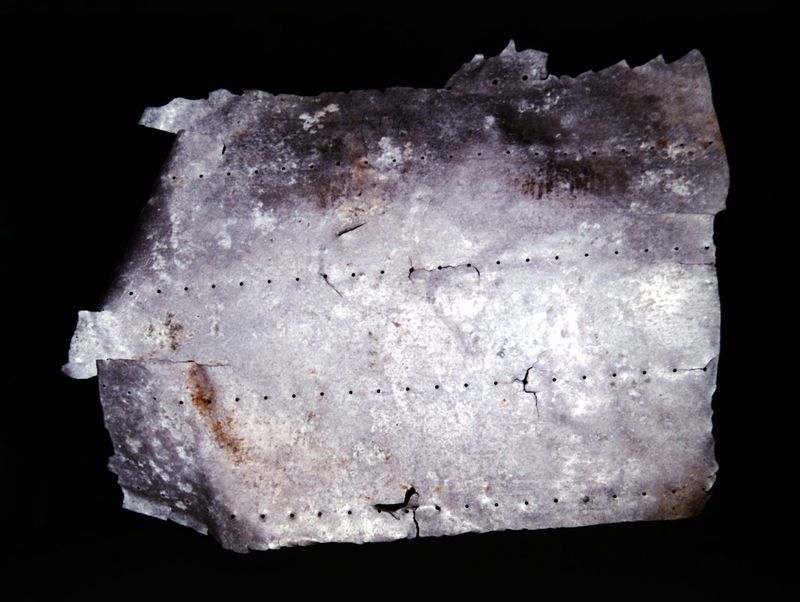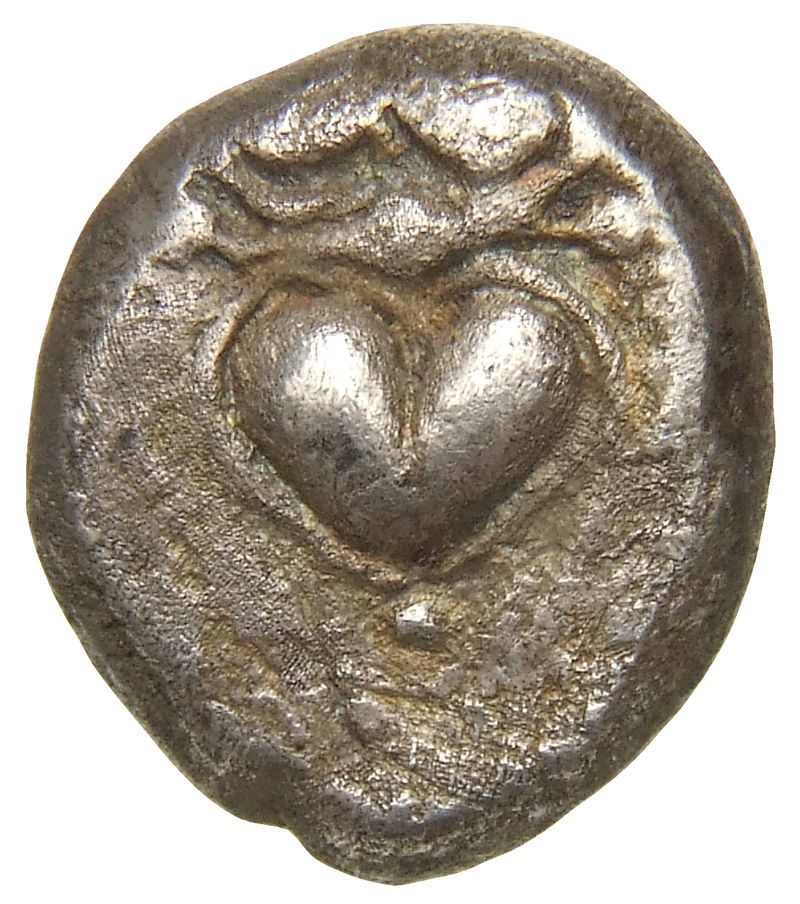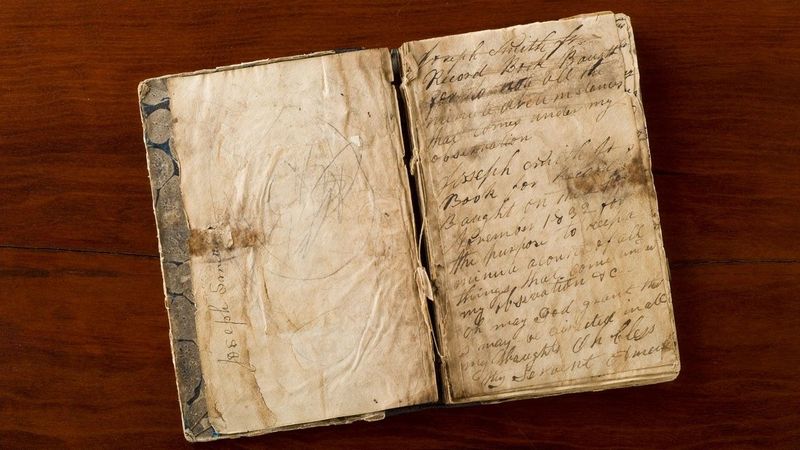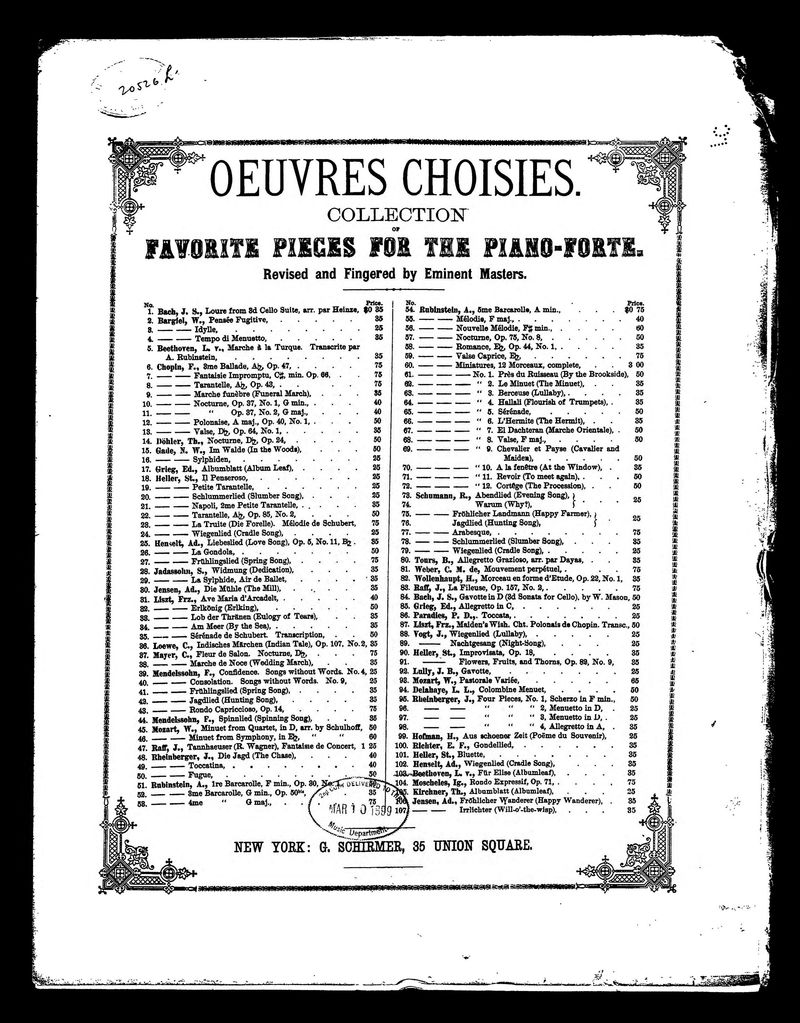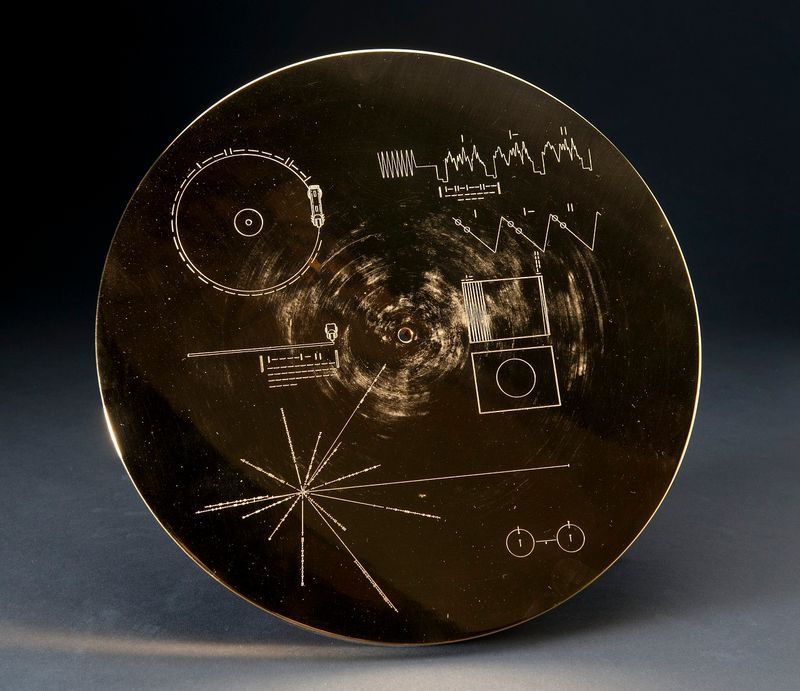Throughout history, countless treasures have been lost to time, leaving just a few remarkable survivors.
These one-of-a-kind artifacts give us rare glimpses into vanished worlds and civilizations.
From ancient texts to prehistoric creatures, these sole survivors tell powerful stories of what once was – and what might have been.
1. The Last Dodo Bird Specimen
The Oxford University Museum of Natural History houses the world’s only preserved dodo head. This iconic flightless bird became extinct in the late 17th century after Dutch sailors discovered its island home of Mauritius. Scientists have extracted DNA from this specimen, providing our only direct biological connection to the famous extinct bird. The dodo’s story serves as one of history’s first documented human-caused extinctions, making this specimen both scientifically priceless and a sobering reminder of our impact on vulnerable species.
2. The Antikythera Mechanism
Salvaged from an ancient shipwreck near Greece, this 2,000-year-old bronze device stands as humanity’s earliest known analog computer. Its intricate gears and dials tracked astronomical positions with astonishing accuracy. Modern X-ray technology revealed its complex inner workings, showing knowledge thought impossible for ancient civilizations. Nothing else approaching its technological sophistication appears in the archaeological record for another thousand years, making scholars wonder what other ancient marvels might have been lost to time.
3. The Last Tasmanian Tiger
Benjamin, the final known thylacine, died at Hobart Zoo in 1936. Grainy black-and-white footage shows this striped marsupial pacing in captivity – our only moving images of the species. Hunted to extinction after European settlers deemed them livestock threats, these remarkable creatures were lost forever just as people began to appreciate their uniqueness. The preserved body now resides in Tasmania’s museum collection. Recent genetic analysis of preserved specimens has fueled controversial discussions about potential de-extinction efforts using recovered DNA.
4. Shakespeare’s First Folio Handwritten Notes
A single copy of Shakespeare’s First Folio contains what experts believe are the Bard’s own handwritten annotations. Published in 1623, seven years after his death, this collection preserved half his plays that might otherwise have vanished. The annotated copy, discovered in a private collection, bears marginalia matching Shakespeare’s known handwriting samples. Literary scholars consider these notes invaluable windows into his creative process. Without this remarkable volume, masterpieces like “Macbeth” and “The Tempest” might have been lost to history forever.
5. The Rosetta Stone
This unassuming slab of granite unlocked the mysteries of ancient Egyptian hieroglyphics after 1,400 years of silence. Discovered by Napoleon’s soldiers in 1799, it contains the same text in three scripts – hieroglyphic, demotic, and ancient Greek. Linguist Jean-François Champollion used this linguistic key to finally decode hieroglyphics in 1822. While fragments of similar decree stones exist, none preserved all three writing systems intact. This singular artifact opened the door to understanding an entire civilization’s written legacy that had been completely indecipherable for millennia.
6. The Last Passenger Pigeon
Martha, the final passenger pigeon, died at Cincinnati Zoo in 1914. Her preserved body stands as a monument to what was once North America’s most abundant bird – flocks darkened skies for days during migration. From billions to extinction in just decades, their collapse came from relentless hunting and habitat destruction. Martha’s glass case at the Smithsonian serves as a powerful conservation warning. The species’ rapid decline shocked the public, helping spark early conservation movements that would eventually lead to modern wildlife protection laws.
7. The Baghdad Battery
This mysterious clay jar containing a copper cylinder and iron rod might be humanity’s earliest electrical device. Dating to around 250 BCE in Mesopotamia, it generates a small voltage when filled with vinegar or other acidic liquid. No other ancient electrical devices have been confirmed, leaving archaeologists puzzled about its purpose. Some speculate it could have been used for electroplating jewelry or for religious ceremonies. Others question whether it was a battery at all, making this controversial artifact a true archaeological enigma without any known contemporaries.
8. The Voynich Manuscript
This medieval codex contains 240 pages of indecipherable text and bizarre illustrations that have stumped cryptographers for centuries. Carbon-dated to the early 15th century, its unknown script and strange botanical drawings remain completely untranslated. Named after the book dealer who rediscovered it in 1912, the manuscript defies computer analysis and linguistic comparison. Some believe it’s an elaborate hoax, while others suspect it contains encrypted medical knowledge. Despite countless attempts with modern technology, the Voynich stands alone as history’s most persistently uncracked code.
9. The Original Coca-Cola Formula
Locked in an Atlanta bank vault lies the handwritten recipe for the world’s most famous soft drink. Created by pharmacist John Pemberton in 1886, the exact formula remains one of business’s best-kept secrets. Only a handful of executives know the complete recipe, which reportedly includes ingredients from the coca leaf. The company maintains tight security around this singular document. While many have attempted to reverse-engineer the formula, Coca-Cola insists that all published “copycat” recipes miss crucial elements that make the original distinctive.
10. The Shroud of Turin
This ancient linen cloth bears the faint image of a man with wounds consistent with crucifixion. For centuries, many have believed it wrapped Jesus’s body after death – though radiocarbon dating suggests a medieval origin. No other artifact has undergone more scientific testing, yet opinions remain sharply divided. The image’s formation remains unexplained, as it contains three-dimensional information unlike any known artistic technique of its era. Whether authentic burial cloth or medieval creation, the shroud stands alone as an object of both religious veneration and scientific mystery.
11. The Last Apollo Moon Rock
During Apollo 17’s final lunar mission in 1972, astronaut Eugene Cernan collected a special sample just before leaving the moon. This rock, cataloged as 76535, has properties unlike any found on Earth. Its unique crystalline structure suggests it formed in conditions impossible to replicate in terrestrial laboratories. NASA keeps this irreplaceable sample in a nitrogen-filled container to prevent contamination. With no lunar missions returning samples since 1972, this rock represents the newest piece of the moon in human possession.
12. The Last Gutenberg Bible
Only 49 copies of Gutenberg’s revolutionary Bible survive today, with just 21 complete. Printed around 1455, these volumes represent the first major books produced using movable metal type in Europe. Each required tremendous craftsmanship, with hand-illuminated details alongside machine-printed text. The Morgan Library in New York houses one perfect copy on vellum. These books transformed information sharing, making texts affordable for middle classes and helping spark both the Renaissance and Reformation movements that reshaped Western civilization.
13. The Viking Vinland Map
This controversial parchment depicts North America centuries before Columbus. Purportedly created around 1440, it shows “Vinland” – believed to be Newfoundland – where Vikings established brief settlements around 1000 CE. Yale University revealed the map in 1965, sparking decades of authentication debates. Chemical analysis has produced conflicting results about the ink’s age. If genuine, it represents the earliest cartographic record of the Americas by Europeans. The map remains unique, with no other medieval European maps showing North American landmasses.
14. The Amber Room Panels
Created for Prussia’s Frederick I in 1701, the Amber Room featured wall panels made from six tons of amber, gold leaf, and mirrors. Nazi forces dismantled and stole this “Eighth Wonder” from Russia during WWII, and it vanished without trace. Only photographs and a few original mosaic fragments survive today. The room’s mysterious disappearance has spawned countless treasure hunts. Russia eventually created a replica at the Catherine Palace, but the fate of the original – whether destroyed in bombing, hidden in a mine, or secretly divided among collectors – remains one of art history’s greatest unsolved mysteries.
15. The Last Aztec Codex
The Codex Borbonicus miraculously survived Spanish conquistadors’ systematic destruction of Aztec manuscripts. Created on amatl fig bark paper, it contains vivid depictions of deities, rituals, and the 260-day sacred calendar. Spanish priests burned thousands of similar manuscripts, considering them pagan abominations. This rare survivor provides our main window into Aztec religious practices and cosmology. Historians believe it may have been rushed to Spain as a curiosity before Cortés ordered the destruction of such texts, making its preservation a fortunate historical accident.
16. The Last Da Vinci Portrait
“Salvator Mundi” shocked the art world when it sold for $450 million in 2017 – the highest price ever paid for a painting. Long thought lost, this portrait of Christ as “Savior of the World” is one of fewer than 20 surviving Leonardo paintings. Its authentication remains controversial, with some experts questioning how much of the work is truly by da Vinci’s hand. The painting’s whereabouts are currently unknown, with rumors suggesting it’s aboard a Saudi prince’s yacht. Its mysterious provenance and disappearance only add to the mystique surrounding this potentially final Leonardo discovery.
17. The Lonesome George Tortoise
As the last Pinta Island tortoise, Lonesome George became a conservation icon before his death in 2012. For decades, researchers sought a female of his subspecies, hoping to prevent extinction through breeding. Despite a $10,000 reward, no mate was ever found. His preserved body now resides at the American Museum of Natural History. Recent DNA analysis revealed that related tortoises on other Galapagos islands carry some Pinta genes, offering a slim hope that George’s lineage might partially survive through hybridization conservation programs.
18. The Phaistos Disc
Discovered in Crete in 1908, this clay disc contains 241 stamped symbols arranged in a spiral pattern. Dating to around 1700 BCE, it represents the world’s earliest known form of movable type printing. No other examples of these symbols exist anywhere else, making the language completely untranslatable. The disc’s purpose – whether religious text, historical record, or something else entirely – remains one of archaeology’s greatest puzzles. Its sophisticated printing technique appears millennia before Gutenberg, yet mysteriously wasn’t continued or replicated elsewhere in the ancient world.
19. The Last Tsar’s Fabergé Egg
The 1916 “Steel Military” Fabergé egg was the final imperial egg created before the Russian Revolution. Unlike its opulent predecessors, this wartime creation used modest materials – steel instead of gold, reflecting WWI austerity. Hidden inside was a miniature painting on ivory showing Tsar Nicholas II and his son at the front lines. The Bolsheviks seized most imperial treasures, but this egg vanished during the chaos. Rediscovered in 2001, it’s the only imperial egg still in Russian hands, a poignant final chapter of the Romanov dynasty.
20. The Oldest Known Melody
Inscribed on a Babylonian clay tablet from approximately 1400 BCE, the Hurrian Hymn to Nikkal represents our oldest decipherable musical composition. The tablet contains both lyrics and musical notation using the diatonic scale still familiar today. Musicologists have reconstructed this ancient melody, though interpretations vary. No other complete pieces from this era survive, making this our sole window into how ancient Mesopotamian music actually sounded. The hymn praises Nikkal, goddess of orchards, and was likely performed on a lyre during religious ceremonies.
21. The Final Missing Piece of Amelia Earhart
A small aluminum panel found on Nikumaroro Island in 1991 might be the only recovered piece of Amelia Earhart’s vanished aircraft. The dimensions and manufacturing details match a unique patch installed on her Lockheed Electra before her final flight. Discovered near a site where other 1930s American artifacts were found, this fragment has undergone extensive metallurgical testing. The International Group for Historic Aircraft Recovery believes this piece helps confirm their theory that Earhart landed on the uninhabited island and survived for a time as a castaway.
22. The Singular Silphium Plant
Ancient Roman coins depict a heart-shaped seed that represents the now-extinct silphium plant. This herb was so valuable that Julius Caesar stored 1,500 pounds in government treasuries alongside gold. Prized for its medicinal properties and possible contraceptive effects, silphium refused cultivation and grew only in a small region near Cyrene (modern Libya). Overharvesting drove it to extinction by the 1st century CE. Despite extensive botanical searches, no living specimens have ever been found, leaving these coin images as our only visual record of this legendary plant.
23. The Sole Surviving First-Edition Book of Mormon
Joseph Smith’s personal copy of the 1830 first-edition Book of Mormon contains his handwritten corrections for future printings. Only 5,000 copies were initially printed, with fewer than 500 still existing in any condition. This particular volume, acquired by the Church of Jesus Christ of Latter-day Saints in 2017 for $35 million, bears unique annotations not found in any other copy. Smith’s pencil marks show how he refined theological concepts between editions. Mormons consider it their faith’s most sacred historical artifact, equivalent to an original biblical manuscript.
24. The Last Unpublished Beethoven Manuscript
In 2005, a Pennsylvania seminary discovered an unknown Beethoven manuscript inside a dusty filing cabinet. The 80-second piano piece “Albumblatt” had been forgotten for nearly two centuries after being donated by a wealthy patron. Experts authenticated the handwriting and compositional style as genuinely Beethoven’s work. While not considered among his major compositions, this brief bagatelle represents the most recent Beethoven discovery. Musicologists believe it’s likely the final unpublished complete work by the master composer that will ever be found, making it a uniquely significant musical artifact.
25. The Voyager Golden Records
Launched in 1977, twin spacecraft Voyager 1 and 2 each carry identical gold-plated copper phonograph records containing Earth’s greatest hits. These cosmic time capsules include 115 images, greetings in 55 languages, nature sounds, and music ranging from Bach to Chuck Berry. Now in interstellar space, these records are humanity’s farthest physical artifacts. Designed to last one billion years, they include playing instructions for any alien civilization that might discover them. Carl Sagan, who led the content selection, called them “messages in bottles cast into the cosmic ocean.”
